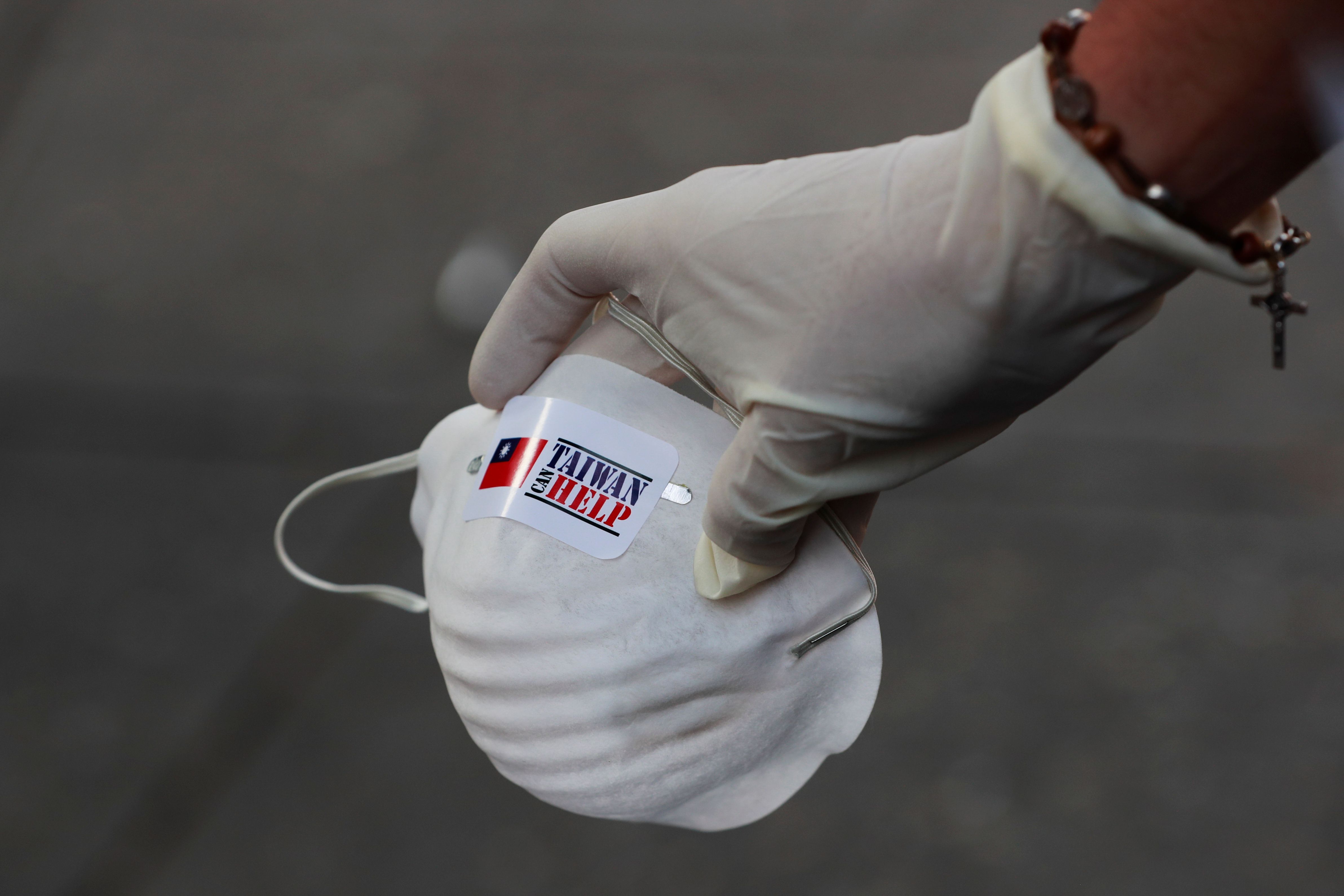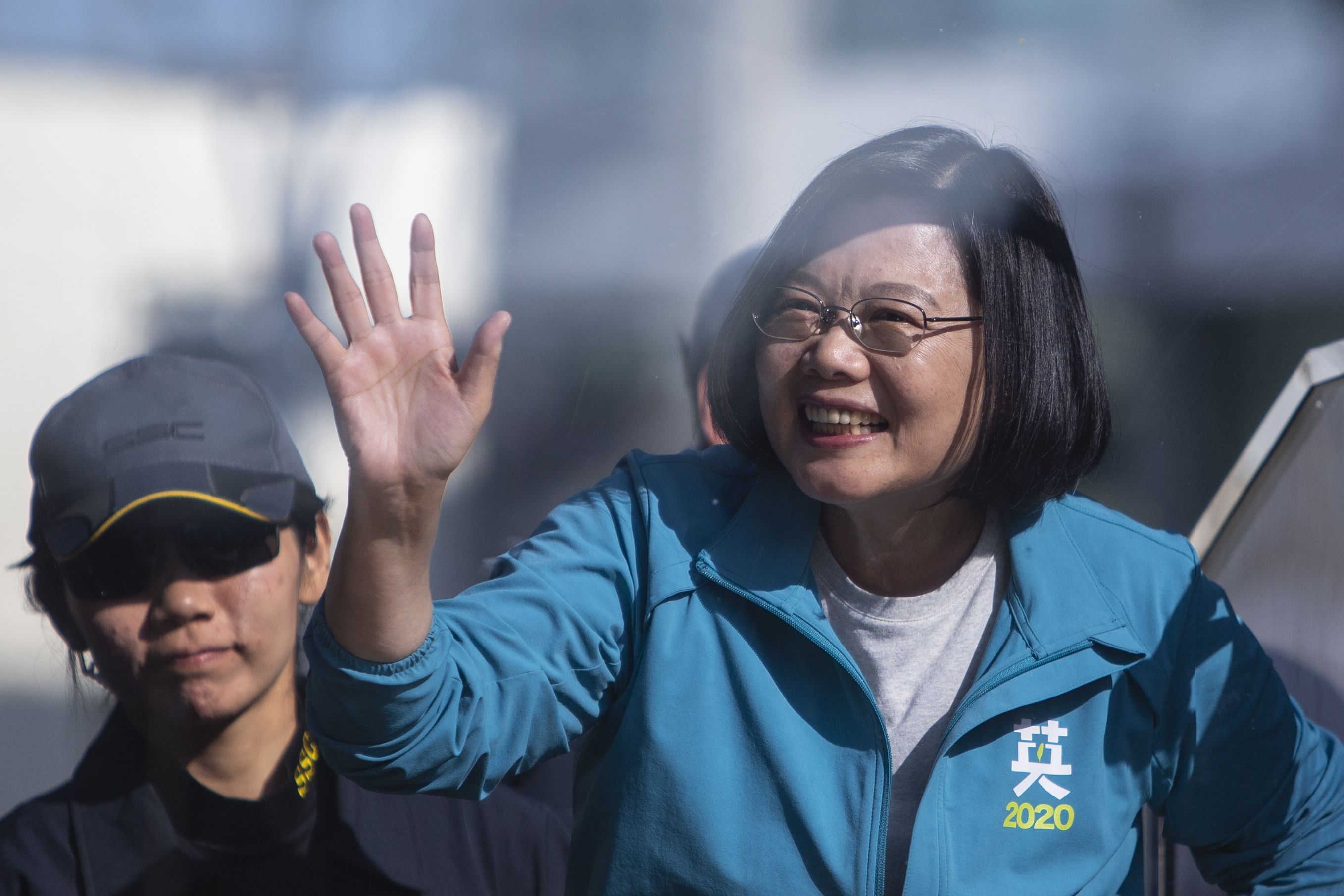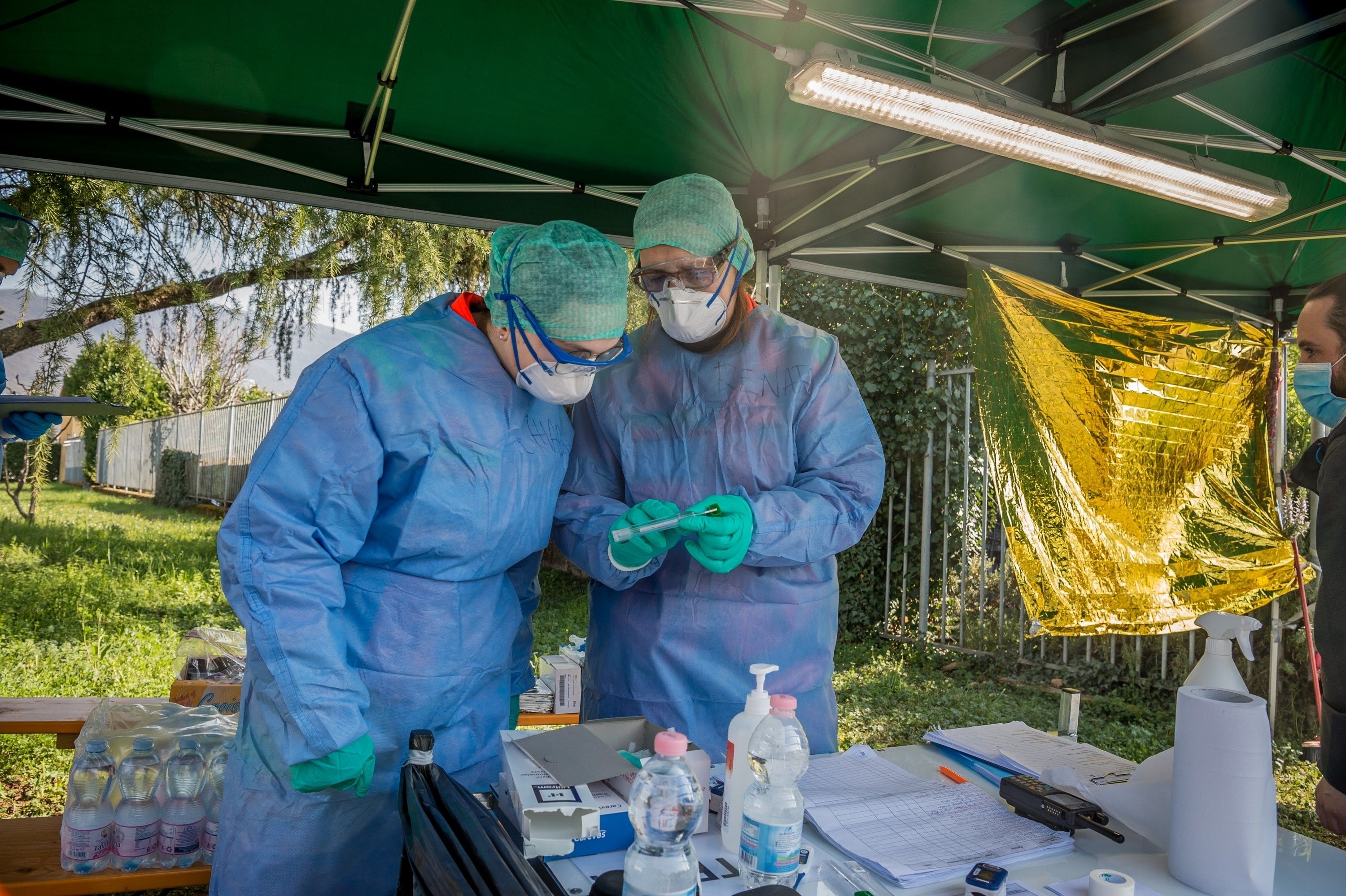Health and Politics: Taiwan’s Fight against Coronavirus

Among Taiwan’s 23 million inhabitants, relatively few have tested positive for SARS-CoV-2. As of 24 March, there were 215 infected people and two fatalities. Local infections are few. The majority of the infected—178 people—came to the island from abroad, mainly Taiwanese returning to the country. There has been a significant increase in the number of infected people in recent days but for now, the predictions by experts (e.g., from John Hopkins University) that Taiwan’s geographical proximity to China and many Chinese tourists, along with about 1 million Taiwanese living and working on the mainland, would mean a significant part its population would be infected. Those predictions were based on the experience with the first SARS epidemic in 2002–2004. At that time, 346 people were infected in Taiwan (according to the WHO, August 2003), of which 73 died. In total, there were 8,096 infections worldwide and 774 deaths.
Taiwan’s Healthcare System
Taiwan’s system has been functioning in its current form since 1995 and is considered one of the best in the world. According to The Economist’s Global Access to Healthcare Index, in 2017 it ranked 14th, and according to the Bloomberg Health Care Efficiency Index, in 2018 it was 9th. The system is based on universal health insurance with small additional payments (co-payment) by patients for visits and examinations. People who cannot afford it receive state aid. The healthcare system, which turns out to be key in the fight against a virus, is digitised. Each patient has an electronic card that can be scanned at health centres. The system contains the person’s medical history and treatment, including purchases of medicines and protective goods. Thanks to information from the system, healthcare institutions (both public and private providers—the latter are dominant—compete with each other) apply to the government for payment for the treatment of a given patient.
Based on the first SARS outbreak, Taiwan introduced a crisis-response system to be used during an epidemic. In 2004, it established the National Health Command Centre, under which the Central Epidemic Command Centre (CECC) operates during an emergency. The primary goal is to prevent infections from spreading rapidly to maintain the efficiency of the medical service. The CECC coordinates the work of other institutions and is responsible for information policy regarding both protective measures and information about the number of infected people. It also conducts analyses on the infection pathways and informs the public about them. During the epidemic, the authorities operate under the Communicable Disease Control Act (last amended in June 2019), giving them a rather wide range of powers.
Taiwan’s Reaction to SARS-CoV-2
Taiwan’s response to information about the new virus after it was detected in China was swift. As early as 31 December 2019, when the WHO received information about the first infections in China, Taiwan introduced precautionary measures at its borders (airports and ports). People arriving from Wuhan, China, were subjected to body temperature tests before leaving the aircraft. Other travellers with fever-like symptoms were also screened. Later, people from the Hubei Province and then anyone from China was banned from entering the island.
On 15 January, the authorities classified the infection caused by the new virus as in the highest category. This allowed quarantining people with symptoms. On 20 January, the CECC was activated, which introduced a ban on the export of surgical masks, followed by restrictions on the internal market. The centre also set mask prices and released funds for additional production. CECC also started daily press briefings presenting infographics about the infections and any connections between them. A free hotline was launched and as the infections spread, the authorities issued instructions for additional hotlines in major cities. The CECC also began to seek out people with the virus and determine how they had become infected. The healthcare information system assisted with this. People with a history of severe respiratory symptoms but excluded from having influenza were tested for other viruses including SARS-CoV-2, SARS-CoV-1, and MERS, a similar virus.
New technology has also been used to a greater extent, such as large databases. In one day, the healthcare IT system was cross-checked with the immigration and customs systems. As a result, a doctor scanning a patient’s healthcare record has access to information about recent trips. If the patient has been in a hazardous area, a warning alert would be triggered. New technological solutions have been introduced at airports and ports. QR codes are used to scan and send online passenger details about their travel history and health status. Those who have not travelled to high-risk countries in the last 14 days and who present no symptoms of the infection could quickly pass through border control. People from risk groups were directed to home quarantine. At the same time, separate quarantine transport was started from airports and ports, with the people monitored by, for example, tracking the location of their mobile phones.
After the WHO declared COVID-19 a pandemic on 11 March, Taiwan closed its borders to foreigners, fully on 19 March. Exceptions include holders of residence cards, diplomats and people with special permits (e.g., for business). These people and Taiwan citizens returning to the country must complete a 14-day quarantine. After an increase in the number of infected people in recent days, flight transits through all Taiwan airports have been banned as well. Academia Sinica—a state-owned scientific institution—is working on both coronavirus testing, to make the results quickly available, and a vaccine.
Political Context
Taiwan’s effective management of the crisis so far has been accompanied by political actions. The authorities are trying to promote their success in fighting the epidemic by offering help to other countries. The #TaiwanCanHelp hashtag, used by authorities on social media, serves this purpose. The growing international interest in Taiwan’s actions to counter the pandemic shows that it is gaining appreciation from other countries and organisations. This is in line with the objectives for the second term of President Tsai Ing-wen. She seeks to demonstrate Taiwan’s political and systemic separateness from mainland China by showing the effectiveness and transparency of the island’s democratic system in contrast to the PRC’s activities, especially the initial hiding of information about the virus and ongoing disinformation campaigns.
Taiwan is also interested in increasing its international activity. To this end, President Tsai aims for the island’s participation in the WHO’s work. Since Tsai and her party’s first victory in 2016, China has been blocking Taiwan’s participation in the World Health Assembly (WHA). When the current government was in the opposition (2008–2016), Taiwan attended the WHA meetings. In recent days, Canada, Japan, and former NATO Secretary-General Anders Fogh Rasmussen have appealed to the WHO to include Taiwan in the institution’s work.
Conclusions and Perspectives
Taiwan’s successful fight against the coronavirus so far is the result mainly of its experience with the first SARS epidemic, which resulted in the creation of the rapid-response system. The extensive use of new technology and big data is also important. What is more, the Taiwanese people are disciplined when facing threats associated with frequent emergencies, such as earthquakes or typhoons.
Although Taiwan has offered assistance to other countries, at this stage of the pandemic it will be difficult to use Taiwan’s experience in Europe. Collaboration is possible on a vaccine, testing, and drug research, as signalled by Academia Sinica, which offers cooperation with the EU. In the long run, European countries can benefit from Taiwanese solutions by building a similar rapid-response system. It is worth looking at the possibilities of digitising healthcare information in the Member States and considering the use of new technology while taking into account the EU’s specific legal conditions, including the dilemma: security or freedom within the context of civil rights. The current crisis may be an impulse to strengthen non-political cooperation between the EU and Taiwan.
The increase in Taiwan’s international activity may negatively affect its relations with China. An intensification of Chinese propaganda and misinformation is expected to try to cover over Taiwan’s success and China’s belated response to the virus and convince the world that the Chinese were effective in the fight against the new disease. Therefore, it is unlikely that China will consent to Taiwan’s involvement with the WHO.





